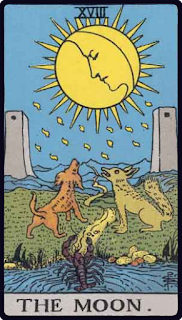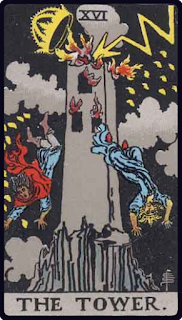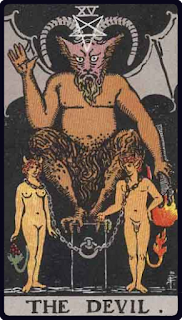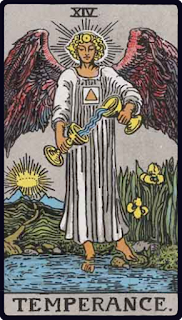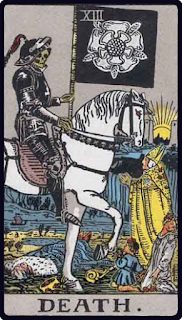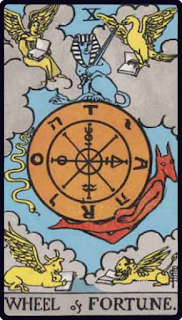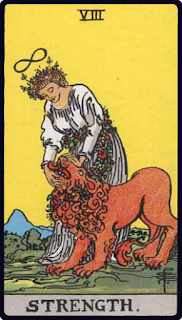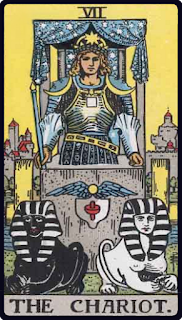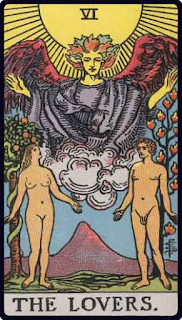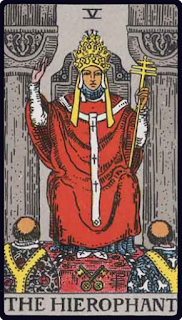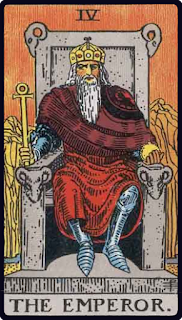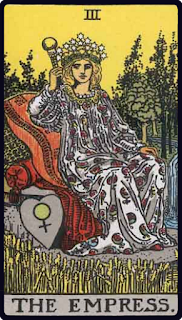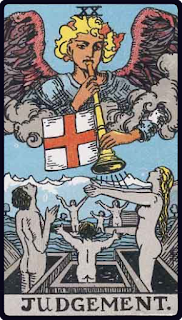
With the great journey at its end, our lives pass on, and into the next plane we will venture, but before we can take that step, we must be judged. The Judgement card represents our conscience, guilt, criticism, and analysis. Echoing the Justice card which sought to emphasis the neutrality of the judiciary in moral affairs passing judgement based on justification rather than moral absolution, it is worth remembering that no court finds the defendant innocent, they only ever find the defendant guilty or not guilty.
For those who enjoy video games, the story of Undertale mirrors that of the Major Arcana, with Sans standing in judgement of the player at journey’s end, when even if the player chose true pacifism, he does not find the player innocent but rather praises them for not succumbing to temptation.
In the upright state the Judgement card calls upon us to consider the life we have lived and whether we feel guilt or remorse where we admit fault, or whether we feel justified and able to defend ourselves and our actions when they are called into question. Analysis and criticism of the self is the skill we are implored to utilise in this moment, for they are our best hope at achieving objectivity. Judgement is our last chance to make amends, lest we accept fate and give ourselves over to whatever sentence is passed.
In the inverted state the Judgement card represents delay, indecision, a lack of clarity, and our efforts to bargain. In the inverted state our focus shifts from justifying our actions where our conscience has been decided, and turns to the ambiguity of our actions; we are called to reflect upon the decisions we have made that we do not understand, no man can see beyond a choice he does not understand, and no soul can pass beyond this life without first making peace with it, in popular culture this belief informs the concept of unfinished business, which is employed as a narrative trope to explain the persistence of the spirit in the form of ghosts and apparitions after death, representing souls that are not capable of releasing their attachment to the Earthy plane.


